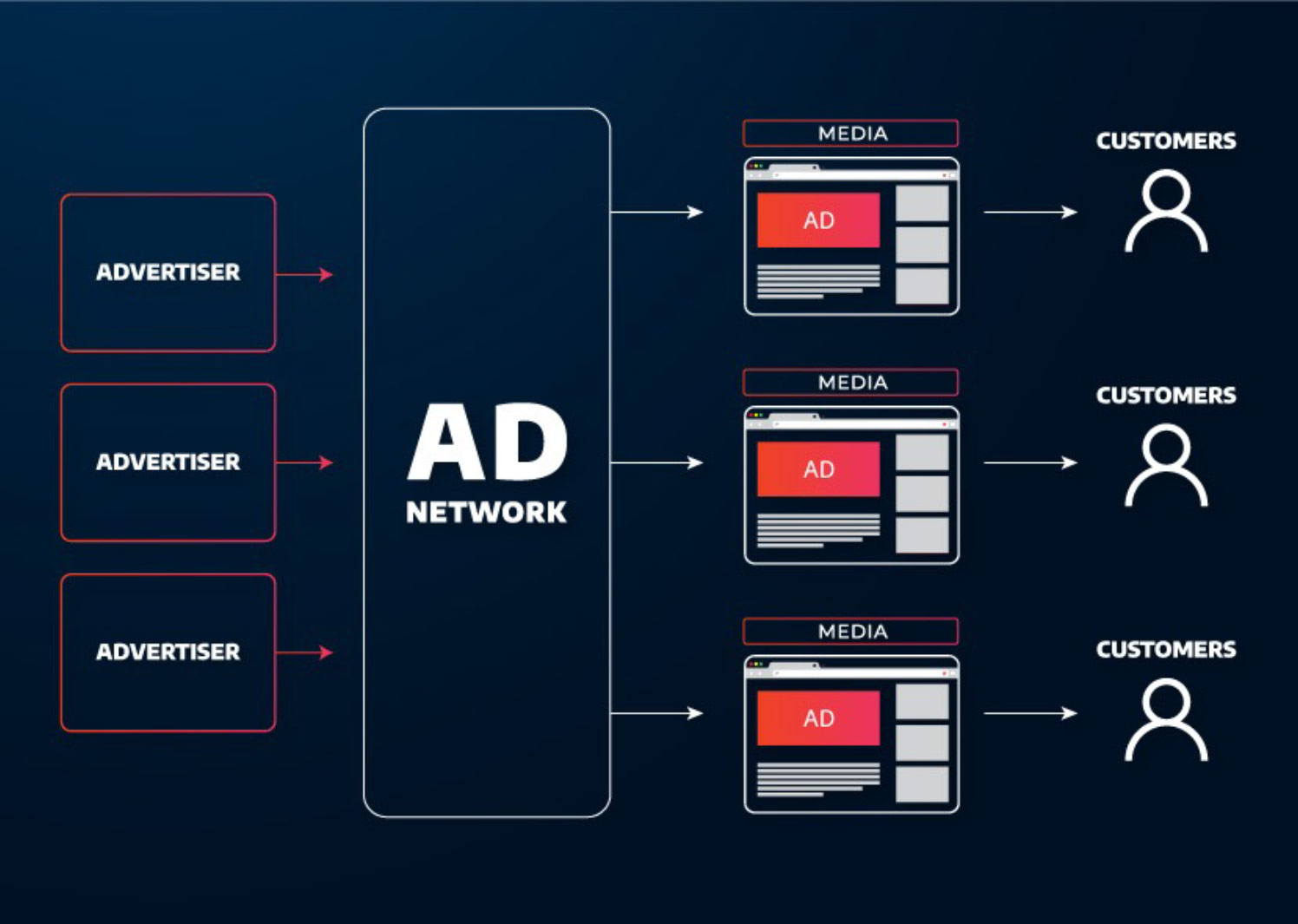An ecosystem of advertisement
A project in conjunction with our trusted partners SmartyAds and Stripe

The role and functions of a
programmatic ecosystem
What is an ad exchange and who uses it?
Ad exchanges are digital marketplaces where publishers and advertisers come together to trade digital ad inventory such as display, native, video, mobile and in-app. Buying and selling takes place in real-time auctions, powered by RTB (real-time bidding) technology. Our ad exchange is an auction-mediation mechanism that serves neither the buyer’s nor the seller’s side. Instead, it is an autonomous platform that facilitates programmatic ad buying.

Owners of websites, online magazines or blogs, known as “publishers”, use SSPs (supply-side platforms) to plug into the ad exchange and make their digital advertising space available to buyers. Independent marketers, ad agencies and ad networks, known as “advertisers”, use DSPs (demand-side platforms) to connect to an ad exchange in order to purchase advertising space. Ad networks also buy ad space from ad exchanges, mark it up and sell for profit. ATDs (agency trading desks) use the ad exchange to buy large advertising inventories and sell wholesale to individual advertisers.

An ad network takes the available ad inventory that a publisher has and sells it to advertisers on a per-impression basis. Here’s a step-by-step overview of how ad networks function:
An ad network collects ad inventory from a large number of publishers and then sells it to advertisers, using an auction-like system (like real-time bidding).
The advertiser can then adjust their ad campaign or check reports from the ad network’s campaign-management interface. They can even choose to run campaigns across multiple different ad networks if they reach a direct deal with the publishers.
Advertisers have to determine their campaign parameters, while publishers have to set up appropriate ad tags on their websites for the ads to work. They can do this by directly inserting these tags into their pages or by using a third-party server.
After publishing an ad, advertisers have full control over their banners through their ad network’s campaign-management panel, without needing any further communication with the publisher.
In the early days of online advertising, having one ad network was sufficient for most publishers as there was a much lower number of websites online. However, with everyone jumping on to the digital advertising bandwagon, there are now more than 1.5 billion sites on the internet, with demand for online ads far outstripping supply.